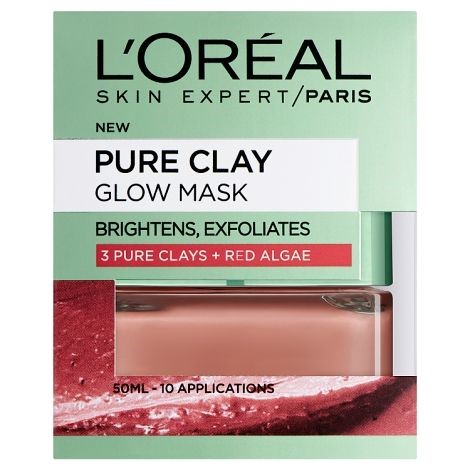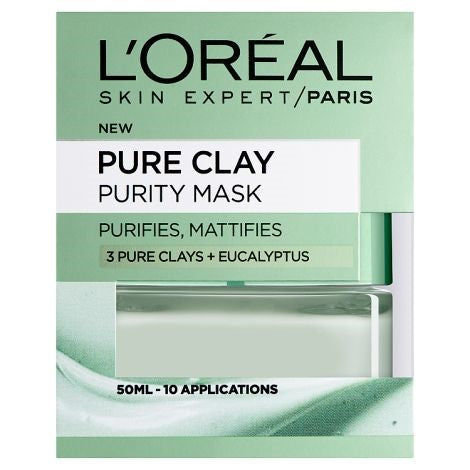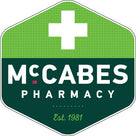How to use a clay face mask: tips on application and choosing a product
Arguably one of the oldest forms of skincare, clay masks are known for their ability to unclog pores and reduce shine. Available in a range of applications, they remain one of the most popular types of face masks today. However, knowing how to use one and how to choose the right one for you is vital for getting the best results. In this guide, we will explain the best way to apply a clay mask, addressing frequently asked questions and concerns.
Click on a link to jump to that section:
The best way to apply a clay face mask in order to achieve the best results.
The recommended length of time to leave a clay mask on your skin.
Find out how often you should use a clay face mask in your skincare routine to maintain the desired results.
Recommended clay masks that have ingredients suitable for specific skin concerns.
We address frequently asked questions on applying clay face masks.
How to apply a clay facial mask
Before applying, ensure a clay mask is the right option for your desired result. You should never use a face mask without considering its purpose. Clay face masks can be used for a range of skin concerns, such as blackheads, acne breakouts, oily skin and reducing the appearance of pores. Bear in mind that using them too frequently can dry out your skin.
Steps for applying clay face masks
- Cleanse your skin to prepare your skin for absorption
- Apply a thin, even layer of the clay formula, avoiding the skin and eyes
- Wait for the amount of time stated
- Always use a moisturiser after a clay mask
You can read our guide to applying different types of face masks here.

How long should you leave a clay face mask on for?
Clay face masks should ideally be left on for no more than 15 minutes; however, you should read the instructions as each can vary. You are at risk of your skin drying out if you leave your clay mask on for too long. Bentonite clay is the most common type of clay found in skincare products, and it is able to absorb more than its mass in water (source). Clay masks are therefore more effective if you don’t let them dry out completely.
How often should you use a clay face mask?
How often you can use a clay mask depends on your skin type and the type of clay mask you are using. If you have dry, normal or combination skin, you should ideally use a clay mask twice a week. If your skin is extremely oily, you may be able to use it on a daily basis; however, you will likely find that this is not necessary.
Using a clay mask too often will cause irritation and worsen dry skin, particularly if you have sensitive skin. Masks containing any exfoliating ingredients like benzoyl peroxide or salicylic acid should be used a little less often; about once a week.
Some clay masks are overnight masks, and can typically be used two to three times a week.
Recommended clay masks for different skin concerns
Clay masks are most commonly found in a paste formula, rather than a sheet mask. Although they share similarities, clay face masks often contain other ingredients that have specific purposes. Here is a guide to choosing a clay mask for your skin concern:
Dull skin
Recommended product: L'Oreal Paris Pure-Clay Glow Mask 50ml

- Enriched with Red Algae extract
- Creamy texture
- Illuminating formula
- Exfoliating mask
- Contains beads
- Relaxing fragrance
Large pores
Recommended product: Beauty Formulas Charcoal Clay Mask 100ml

- Draws out dirt & impurities
- Purifies pores
- Leaves skin looking radiant
- Enriched with natural kaolin clay, glycerin and activated charcoal
Oil and shine
Recommended product: L'Oreal Paris Pure-Clay Purity Mask 50ml

- Enriched with Eucalyptus Extract
- Creamy texture
- Works deep into your pores
- Does not dry out the skin
- Creates matte-looking skin
- Relaxing fragrance
You can shop our full range of face masks here.
Using clay face masks: FAQs
Are clay face masks good for acne?
Clay masks have the potential to absorb oil from your skin and prevent mild forms of acne, such as pimples, blackheads and whiteheads. These types of acne form when your pores become clogged with excessive dirt and oil.
You can read more about choosing face masks for acne here.
Do clay masks remove blackheads?
Some clay masks contain sulfur, which is an ingredient that works to break down the dead skin cells that make up blackheads. They can, therefore, be effective for blackhead removal.
Is a mud mask the same as a clay mask?
Mud is a skin-healing agent, whereas clay is a drying skin agent that is ideal for oily skin.
Do you use toner before or after a clay mask?
You can use a toner before using a clay mask, after cleansing.
Do clay masks help with wrinkles?
Using clay masks frequently can reduce wrinkles and fine lines, as they promote the number of collagen fibres by enhancing collagen synthesis.
Why do clay masks make your face red?
Some redness after a clay mask application is normal, as clay brings blood to the surface of your skin. This occurs while the mask is absorbing the impurities from your skin. However, if you notice any irritation or reaction while using the mask, remove the product immediately.
Can you sleep in a clay face mask?
You can sleep in a clay mask if it is designed as an overnight mask. However, we don’t recommend sleeping in other types of clay masks as this is likely to dry out the skin and cause irritation.
Do clay face masks expire?
Clay masks tend to dry out over time, so you should keep an eye on the expiry date on the product. You should keep your clay mask in a cool place to prevent it from drying out and expiring quickly.
Should I wash my face before a clay mask?
You should at least use a cleanser, using a toner if you wish.

